An Extremely Rare and Very Fine Turned Box and Cover with the Tudor Rose
An Extremely Rare and Very Fine Turned Box and Cover with the Tudor Rose attributed to the ‘Master Turner’ to the Court of Henry VIII
Engine turned with a fine colour and patina
Ivory
Tudor Court of England
Late 16th Century / Circa 1540 - 60
Size: 3.2cm high, 5cm dia. - 1¼ ins high, 2 ins dia.
Engine turned with a fine colour and patina
Ivory
Tudor Court of England
Late 16th Century / Circa 1540 - 60
Size: 3.2cm high, 5cm dia. - 1¼ ins high, 2 ins dia.
An Extremely Rare and Very Fine Turned Box and Cover with the Tudor Rose attributed to the ‘Master Turner’ to the Court of Henry VIII
Engine turned with a fine colour and patina
Ivory
Tudor Court of England
Late 16th Century / Circa 1540 - 60
Size: 3.2cm high, 5cm dia. - 1¼ ins high, 2 ins dia.
IVORY ACT 2018: A certificate for a pre-1918 item of outstandingly high artistic, cultural or historical value. Certificate number: X68YU8H9, date: 24/05/2023
IVORY ACT 2018: A certificate for a pre-1918 item of outstandingly high artistic, cultural or historical value. Certificate number: X68YU8H9, date: 24/05/2023
Engine turned with a fine colour and patina
Ivory
Tudor Court of England
Late 16th Century / Circa 1540 - 60
Size: 3.2cm high, 5cm dia. - 1¼ ins high, 2 ins dia.
IVORY ACT 2018: A certificate for a pre-1918 item of outstandingly high artistic, cultural or historical value. Certificate number: X68YU8H9, date: 24/05/2023
IVORY ACT 2018: A certificate for a pre-1918 item of outstandingly high artistic, cultural or historical value. Certificate number: X68YU8H9, date: 24/05/2023
Only two artefacts, other than miniature cases, seem to have survived from the Tudor period. The first is the ‘Parker Box’ now housed in the V&A Museum, London. Archbishop Matthew Parker was head of the newly formed Protestant Church of England between 1559 and 1575, who gave the box, together with its companion jewel depicting Venus and Cupid at the Forge of Vulcan, to Queen Elizabeth I, daughter of Henry VIII and Anne Boleyn. Parker had previously been chaplain to them both. It has been suggested that Anne Boleyn was beheaded by Henry VIII in 1536, the jewel and case, having been made for Anne, and designed by Holbein who was by trade a jeweller, she passed the box to her chaplain at her execution, to be held in trust for her daughter. When Parker later became Archbishop of Canterbury, he passed the box to Anne’s Protestant daughter, Elizabeth.
There appears to be a transition from the Master, who created these small boxes and miniature cases within the Tudor Courts between the 1530s and 1560s using the original royal turning lathe †, to a subsequent turner or turners who, although continuing the tradition throughout the later 1500s and into the early 17th century, never achieved the same intimate delicacy as the ‘Master’. By the 1620s ivory, a highly valuable commodity at the time, had been replaced by Lignum Vitae, a very durable and dense wood, which will sink in water, becoming a very popular material for turned boxes, candlesticks, cups and vessels throughout the 17th century. Lignum, like tobacco, had been introduced to Europe in the 1560s. The pinnacle and height of the fashion for these ‘dark’ turned artefacts came during the reign of Charles I and under Cromwell’s Commonwealth.
† The Tudor Royal ‘Turning Lathe’, was a complex piece of equipment, which not only required a high degree of intelligence and ability to operate, but as seen in the earlier examples created by the unknown Tudor Court turner, but also a high level of artistic creativity and skill. Together with a super human degree of ‘feel’, ‘touch’ and ‘patience’, the thinness achieved creating and turning the ‘petals’ of the rose are ‘paper-thin’.
There appears to be a transition from the Master, who created these small boxes and miniature cases within the Tudor Courts between the 1530s and 1560s using the original royal turning lathe †, to a subsequent turner or turners who, although continuing the tradition throughout the later 1500s and into the early 17th century, never achieved the same intimate delicacy as the ‘Master’. By the 1620s ivory, a highly valuable commodity at the time, had been replaced by Lignum Vitae, a very durable and dense wood, which will sink in water, becoming a very popular material for turned boxes, candlesticks, cups and vessels throughout the 17th century. Lignum, like tobacco, had been introduced to Europe in the 1560s. The pinnacle and height of the fashion for these ‘dark’ turned artefacts came during the reign of Charles I and under Cromwell’s Commonwealth.
† The Tudor Royal ‘Turning Lathe’, was a complex piece of equipment, which not only required a high degree of intelligence and ability to operate, but as seen in the earlier examples created by the unknown Tudor Court turner, but also a high level of artistic creativity and skill. Together with a super human degree of ‘feel’, ‘touch’ and ‘patience’, the thinness achieved creating and turning the ‘petals’ of the rose are ‘paper-thin’.
Ex Private English collection, purchased in the 1970s
cf:
For a very similar turning see: Ivory turned case housing a miniature of Anne of Cleves by Hans Holbein, 1539, Victoria and Albert Museum, London
cf:
For a very similar turning see: Ivory turned case housing a miniature of Anne of Cleves by Hans Holbein, 1539, Victoria and Albert Museum, London
An Extremely Rare and Very Fine Turned Box and Cover with the Tudor Rose
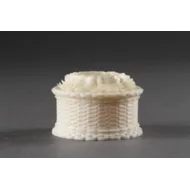
SOLD
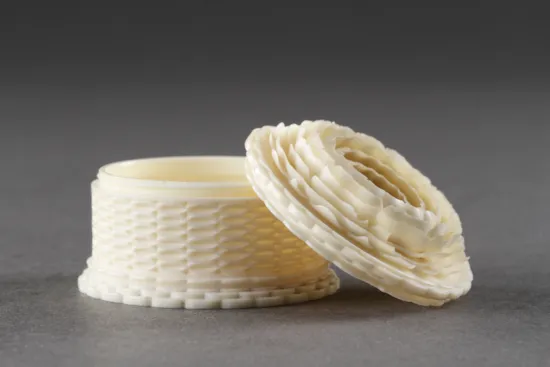
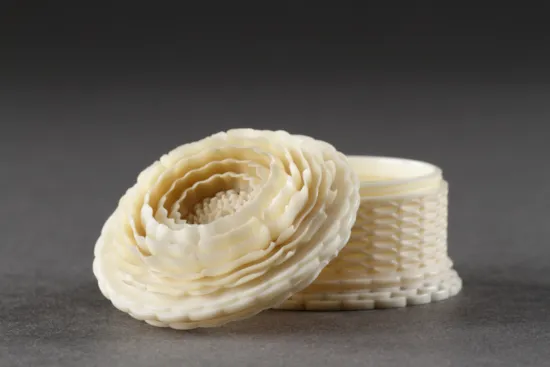
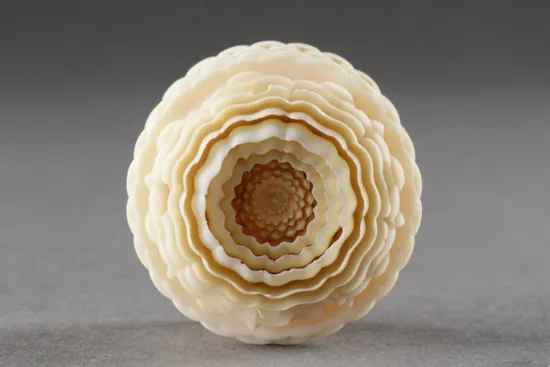
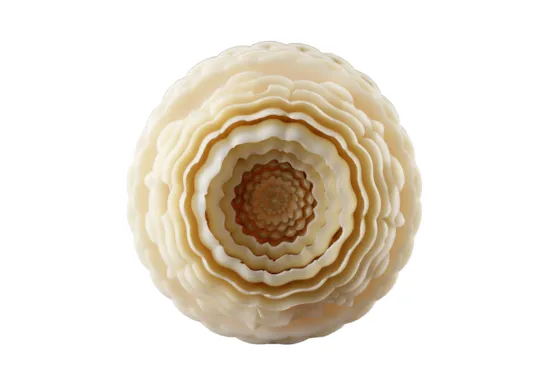
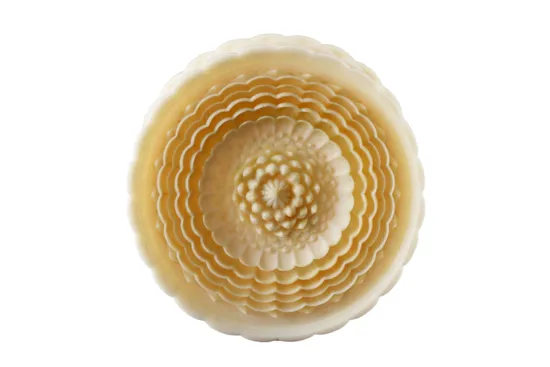
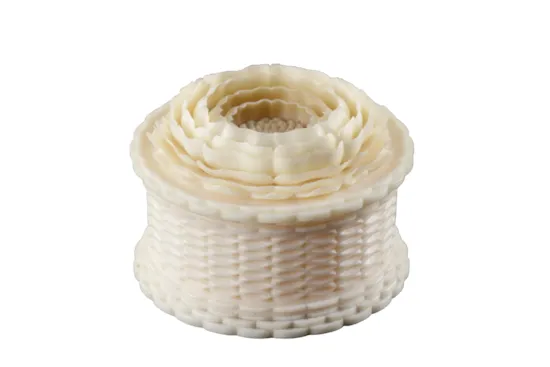








YOU MAY ALSO LIKE

